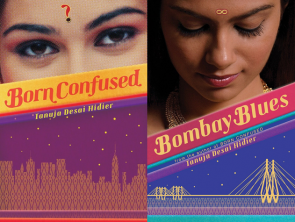 #WeHaveDiverseBooks: 5 Questions is a spotlight on OOM dedicated to exploring Scholastic’s amazing distinct voices. We’ll take a deep dive into the backgrounds, inspiration and works of these authors and illustrators.
#WeHaveDiverseBooks: 5 Questions is a spotlight on OOM dedicated to exploring Scholastic’s amazing distinct voices. We’ll take a deep dive into the backgrounds, inspiration and works of these authors and illustrators.
-----
This year marks the 15th anniversary of the publication of Born Confused. To celebrate, we sat down with author Tanuja Desai Hidier to talk about the groundbreaking duology.
Tell us a little bit about your background and yourself as a child.
I was born in Boston and lived in Bombay for a couple of years as a baby—my mother was born and raised in Bombay, and my brother was also born there. I grew up in the US, in a small town in Western Massachusetts called Wilbraham. I currently live in London, where I’ve lived for the past seventeen years, and from where I wrote both Born Confused and its sequel Bombay Blues.
We were the first “brown” people of this type (South Asians) when we arrived in Wilbraham. At that time there were no people of our particular color anywhere on bookshelves, in magazines, or on TV. Add to that the fact that my parents were the first from both sides of the family to immigrate to the US. I was part of a loving family and had a good set of friends – my childhood was also filled with constant daydreaming. In fact, this daydreaming was perhaps why I felt different—this tendency to get lost in books and stories and in my own imagination created a separation. Something that I’ve only realized recently looking back on this time and on my writing up until my twenties is that I never wrote people of color into my stories. It took me many years to lay brown ink to white page. And what a joy and relief it was.
When did you decide you were going to become a writer? How did this decision come to be?
I wanted to be a writer from as far back as I can remember. Growing up, I could always be found with my nose in a book, nearly walking into walls half the time. I had shelves upon shelves of books arranged by subject matter: historical/nonfiction; mystery; witch/ghost/supernatural tales. I began writing poems when I was around five or six (I still have three-ring binders packed with them). As I got older I wrote my first book and then some short stories, but the dream was always to write a novel. And many years later, when I pitched Born Confused to my dear editor David Levithan, his words were: “That’s a book I haven’t seen on a bookshelf before. And I’d like to help you get it there.”
2017 marks the 15th anniversary of the publication of Born Confused. Tell us a little bit about the book and what makes it and its characters special.
Born Confused takes its title from “ABCD” or “American Born Confused Desi”, a moniker created by native South Asians to describe second and third generation children of the diaspora who are purportedly confused about where they come from. Set in the context of the burgeoning South Asian club scene in NYC in the early 2000s, Born Confused is a redefining of this alphabet through the journey of Indian-American teen Dimple Lala. Dimple is an aspiring photographer who, during a NY/NJ summer, has her world turned on its head as she tries to bring together her two cultures without falling apart in the process. Over time, her soul-searching—aided by her family, friends, love, and art—transforms her own “C” for confused into a “C” for creative: “American Born Creative Desi”. This seemed to me to be a more accurate representation of the generation of South Asians who peopled my world, and were in fact shaping and creating the culture as they went along.
Why do you think Born Confused was so revolutionary? Why does the book continue to push boundaries?
Perhaps because being yourself, loving yourself, living unapologetically outside of the lines, or remapping them, is the most revolutionary act of all. Born Confused is at its heart about being yourself. And letting those around you, in all their “skins”, do the same.
So many of the issues that we are discussing in our society today, for ex. gender, people of color, feminism, these all play a significant role in Born Confused. In the current political climate it feels vitally important that we share and celebrate all of our stories.
What would you like to say to any educators or students who are just picking up the book now? What would you like them to know before they begin reading?
First and foremost, I’d like to say thank you! Thank you for reading! And a special thank you to educators for the vital work you do and the support and sustenance you give our stories. I hope you enjoy sharing Dimple’s path from Born Confused, onto Bombay Blues and beyond (once I get there). If you are so inclined, give a listen to my book track albums of original songs linked to the books: “When We Were Twins” (songs based on Born Confused) and “Bombay Spleen” (songs based on Bombay Blues). The songwriting was intertwined with the writing of both books, often illuminating the story for me from fresh angles. Music is an integral part of both stories and of Dimple’s journey towards self-discovery and love. You can also visit my website for additional resources: www.ThisIsTanuja.com.


 This month, Scholastic has some new job postings highlighted as part of our regular "Career Corner" series. Perhaps you'd be the right fit for one! As always, you can also check our
This month, Scholastic has some new job postings highlighted as part of our regular "Career Corner" series. Perhaps you'd be the right fit for one! As always, you can also check our  #WeHaveDiverseBooks: 5 Questions is a spotlight on OOM dedicated to exploring Scholastic’s amazing distinct voices. We’ll take a deep dive into the backgrounds, inspiration and works of these authors and illustrators.
#WeHaveDiverseBooks: 5 Questions is a spotlight on OOM dedicated to exploring Scholastic’s amazing distinct voices. We’ll take a deep dive into the backgrounds, inspiration and works of these authors and illustrators.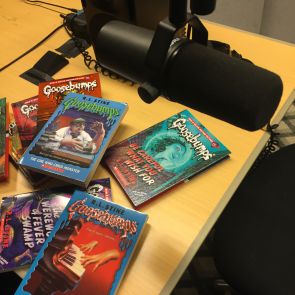 Last week, we released the 43rd episode of the
Last week, we released the 43rd episode of the 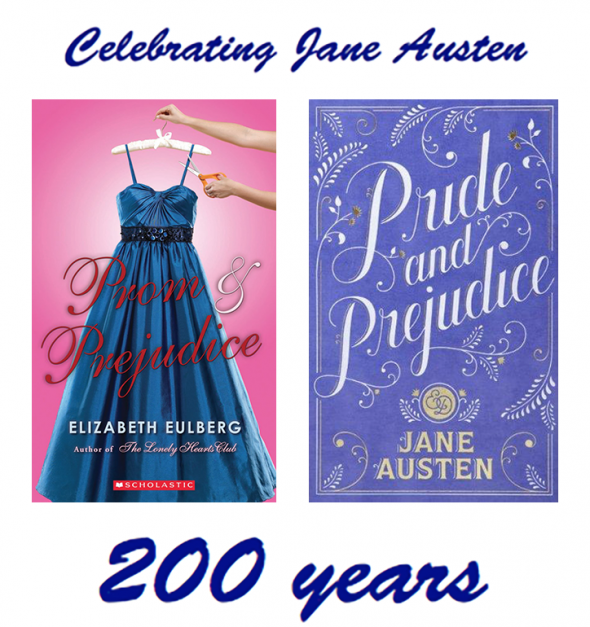 200 years ago today, the incomparable Jane Austen died. The world is celebrating her legacy all year long. Today, author
200 years ago today, the incomparable Jane Austen died. The world is celebrating her legacy all year long. Today, author  A discussion about this past weekend’s
A discussion about this past weekend’s  Big Hair, Don’t Care
Big Hair, Don’t Care Deimosa: That is a pretty good list of picture books. I just want to add a few novels that I love. These three books have hair braiding scenes that really hit home when I read them the first time:
Deimosa: That is a pretty good list of picture books. I just want to add a few novels that I love. These three books have hair braiding scenes that really hit home when I read them the first time: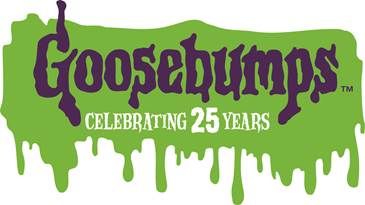
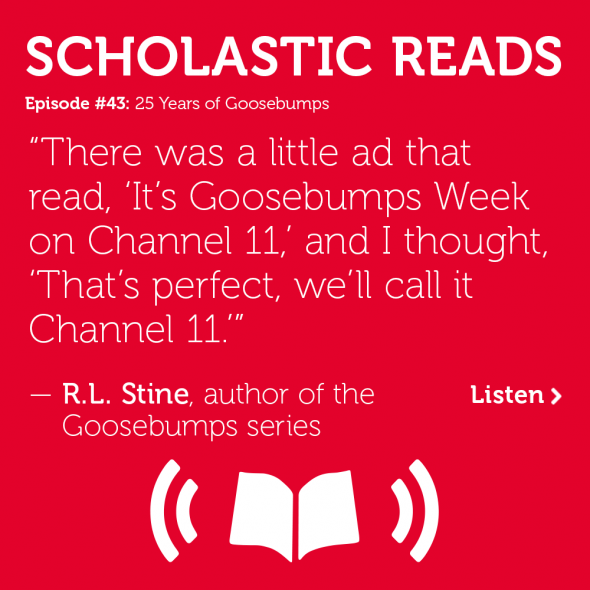 Stine kicked things off by taking us back to the origin of the series. "You want to know the real funny part that I don't talk about all the time is that I never wanted to do Goosebumps," he said. "I said that's a horrible idea, scary books for 7- to 12-year-olds. . .That's the kind of businessman I am."
Stine kicked things off by taking us back to the origin of the series. "You want to know the real funny part that I don't talk about all the time is that I never wanted to do Goosebumps," he said. "I said that's a horrible idea, scary books for 7- to 12-year-olds. . .That's the kind of businessman I am." 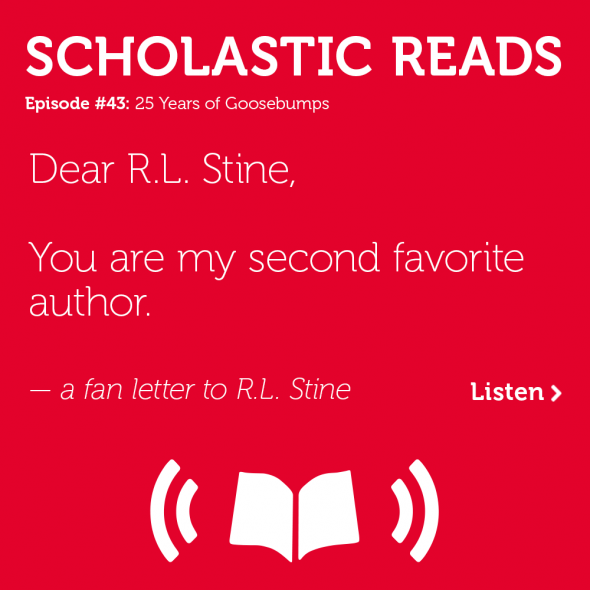 One of my personal favorite parts of the show is when Stine shares some of his favorite letters that he's received over the years from young readers.
One of my personal favorite parts of the show is when Stine shares some of his favorite letters that he's received over the years from young readers. 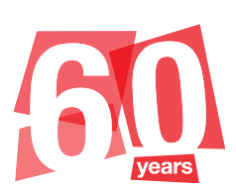 As Canada celebrates its 150th birthday,
As Canada celebrates its 150th birthday, 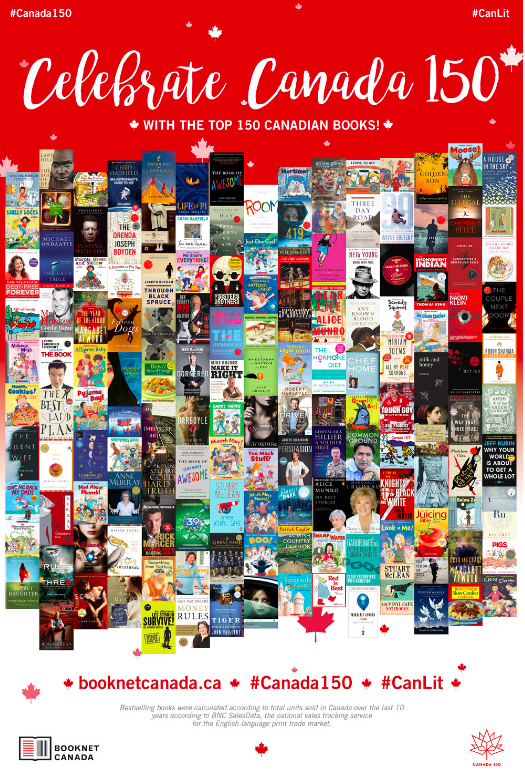
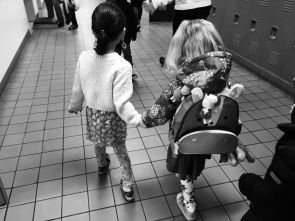 My five-year-old daughter finished pre-K a few weeks ago (I recently wrote about how we're
My five-year-old daughter finished pre-K a few weeks ago (I recently wrote about how we're